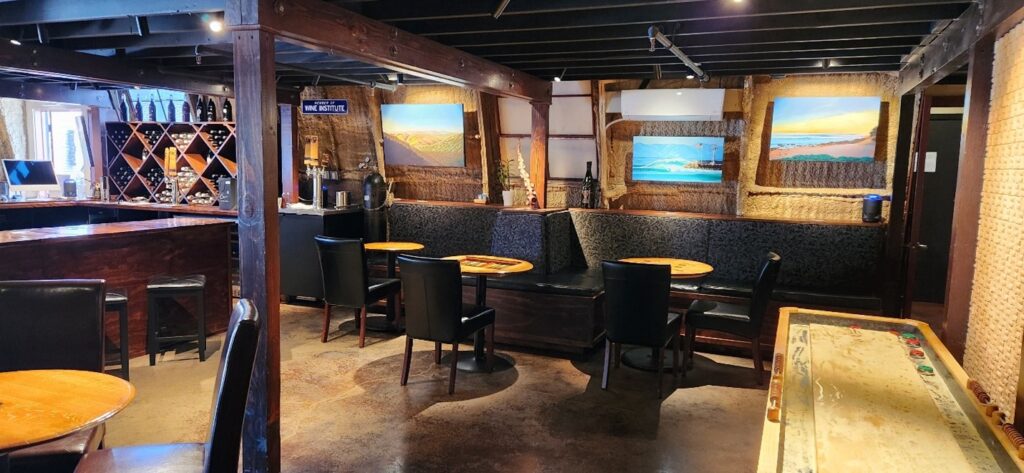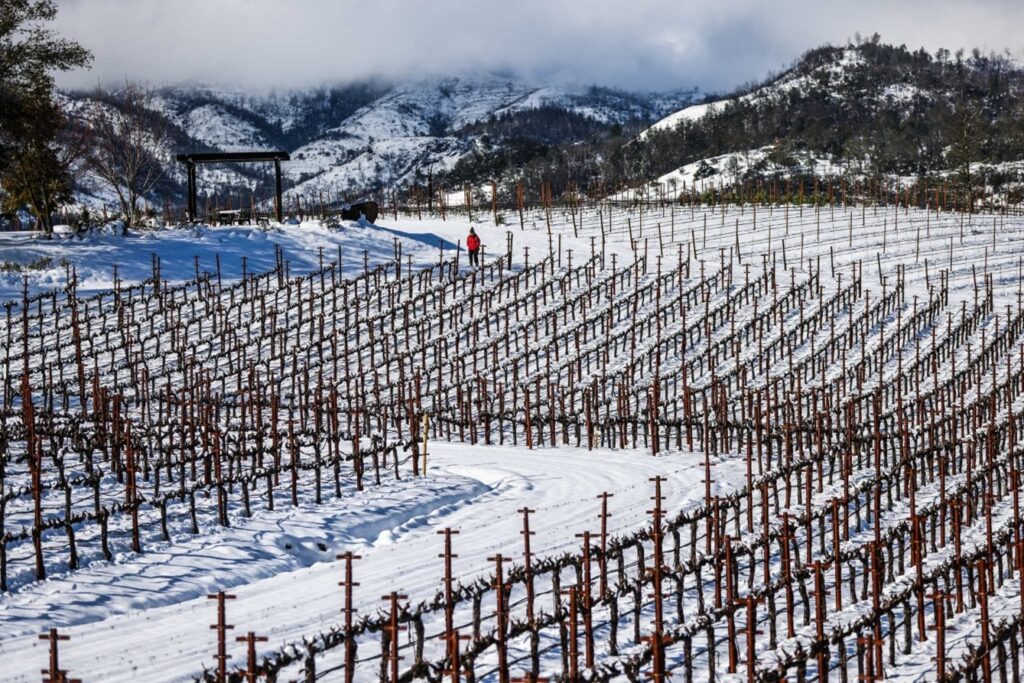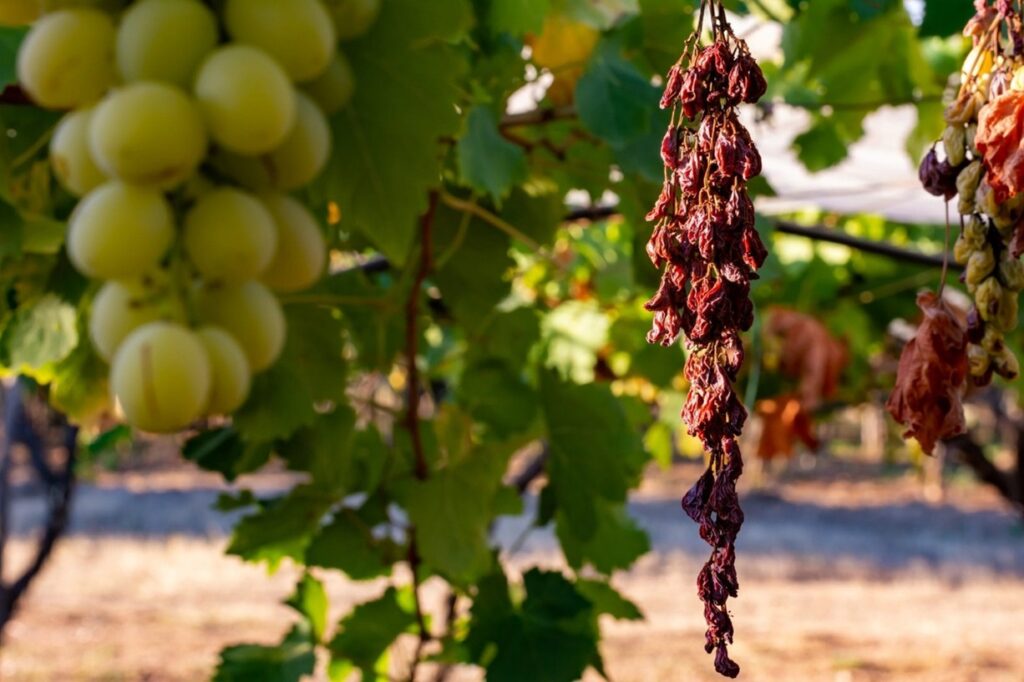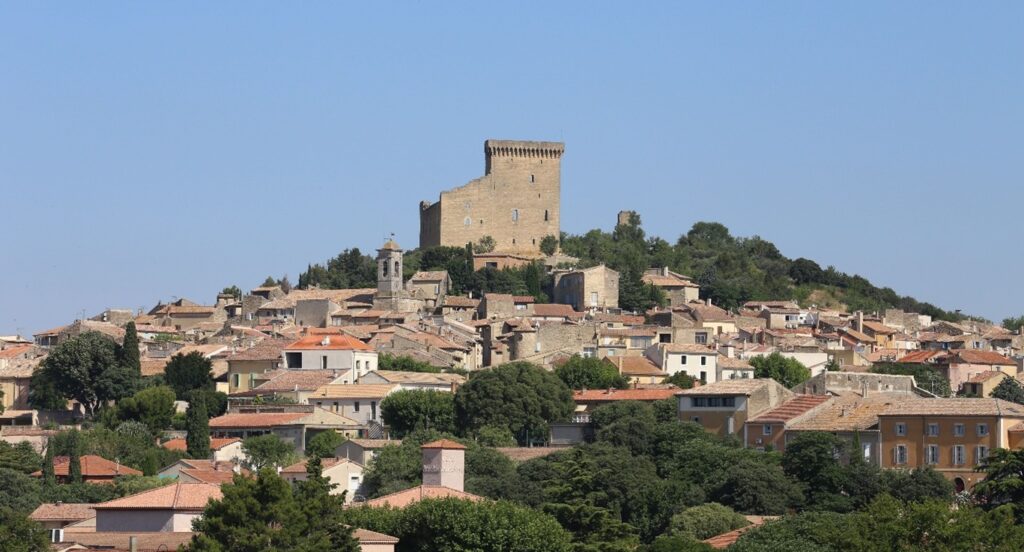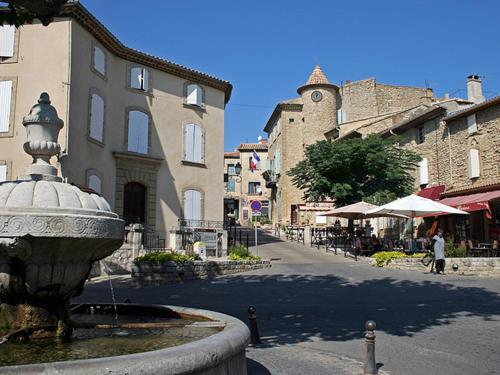Schramsberg is a multi-faceted winery. It is famous for its sparkling wines but also produces, through a sister winery, Bordeaux-style wines and Pinot Noirs. It boasts a history that extends back to the 19th century but is really a product of the 20th (surely a pioneer in Napa Valley terms). They once called their wines “Champagne” but now refer to them as sparkling wines, although they were legally permitted to use the French word. Here we will focus on visiting Schramsberg in Calistoga to sample their sparkling wines.
The grounds and house at Schramsberg. Photo courtesy of WineMaps.
The property was indeed established as a winery in 1862 by a German immigrant named Jacob Schram. Schramsberg actually means Schram’s mountain, which is a bit of an altitudinal exaggeration. The winery ceased operation in 1912 and wasn’t used for wine until Jack and Jamie Davies bought it in 1965. (The sister winery is named Davies.) A few years later they issued a sparkler labeled as “Napa Valley Champagne”. Wineries that had used the term Champagne prior to 2006 were allowed to continue using the term; but the Davies, respectful of France, stopped doing so. Their sparkling wine achieved prominence when they were the first American wine to be served at the White House in 1972.
All this history is an interesting background to a visit to Schramsberg. The first thing visitors see is an attractive garden, with a large Victorian house behind it. These too were restored by the Davies, and it must have been their pride and joy, as well as their home. It is overall a visual reminder of the winemaking history that Schramsberg represents. Beyond the house is a stony entrance to the caves where the sparkling wines are aged. Some of them are from the 19th century winery, expanded by the Davies in their times.
The entrance to Schramsberg’s caves. Photo courtesy of Self Tour Guides.
Touring the caves is a high point of a visit to Schramsberg, along with a tasting, of course. There are 2½ miles dug into the hill, the first half-mile attributable to Jacob Schram. Much like the French Champagne houses, Schramsberg ages its wines extensively, two years or more for their commercial production and up to eight years on the lees for their top wines, the Tête de Cuvée that they name for Herr Schram. Using the French term for their top wine indicates that they still remember that they used to call their products Champagne.
The tasting consists of five sparkling wines, including – depending on the day – a blanc de blanc, a blanc de noir and a rosé. Often there is a little something extra thrown in. There is also a tasting available with three sparklers and three reds, which we’ll skip over for now. Power Tasting does not review wines as such, but it is no surprise that these are among the best sparkling wines made in the United States. They are definitely Californian, since neither the soil nor the caves have the chalk that give true Champagne its distinctive taste.
It is best not to compare Schramsberg to a French Champagne. Take pleasure in it for what it is, rather than for what it is not. That’s good advice for enjoying anything, not just wine.





